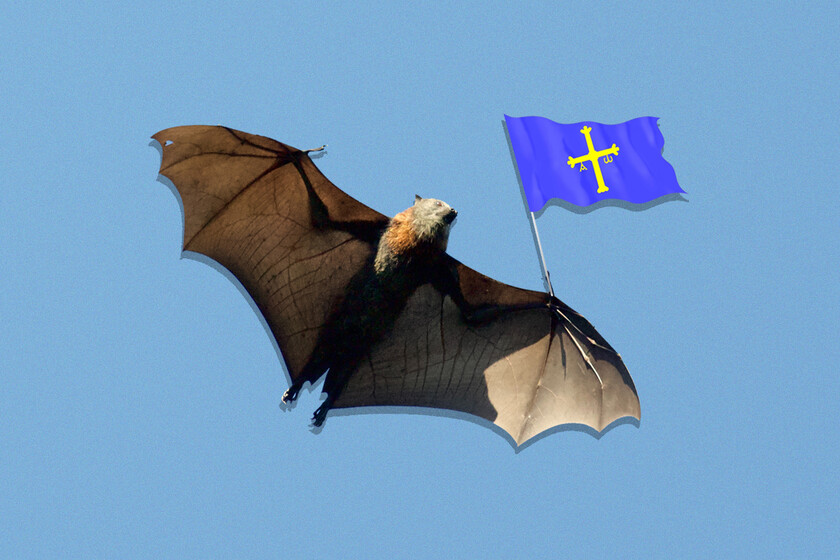In 2002, an Ebola-like virus appeared in Asturias and mysteriously vanished. we found it again

It wasn’t rabies, or poison or pesticide poisoning. Nor was it some meteorological cause, nor any disease known up to that time. Something had killed 500 bats in the Asturian cave of Lloviu and we did not know what. The researchers quickly realized that it was not something specific to that cave either, that in southern Europe bats were falling by the thousands. What was happening? We just isolated the culprit.
The Asturian ‘Ebola’. For months, the researchers were completely lost and it was not until three years later when, after reading a study on how fruit bats could be living reservoirs (“warehouses”) of Ebola, Antonio Tenorio hit the key. When comparing the samples of the Asturian bats with the Ebola virus and finding genetic coincidences that were close to 75%, the scientific community raised its hands to its head.
To begin with because, according to the current classification, “a virus is Ebola if it resembles it more than 50%” and, to continue, because Spain did not have facilities where it could work with this type of pathogen. Quickly, researchers from the Carlos III Health Institute and the CSIC allied themselves with Columbia University and Roche laboratories. This is how we found the Lloviu virus (LLOV).
“We ran out of samples”. However, we could not learn much about the virus in question. It was concluded that it did not affect humans, but it could not be confirmed because no living patient with this virus (neither human nor animal) has ever been documented and, on the other hand, as Gustavo Palacios (one of the the researchers who led the original study), “all sample material has been consumed. The original samples did little more than identify him and ask a very basic series of questions. For nothing else.
Well, we just isolated it. Now a team of researchers coordinated by Gábor Kemenesi, from the National Laboratory of Virology at the University of Pécs (Hungary) has just isolated the virus from the blood of a living bat in Hungary. This confirms, above all, that the Lloviu was not an Asturian rarity and that “data support the role of bats, specifically ‘Miniopterus schreibersii’, as hosts of LLOV in Europe”.
What do we know so far? Most importantly, in a laboratory setting, Lloviu appears to have the potential to infect and replicate in human cells. On the other hand, the study showed that there is no antibody cross-reactivity between it and Ebola. In other words, the current vaccines against the latter would be of no use in the event that LLOV made the leap to humans.
The next big epidemic is still just around the corner. For now this does not mean that the danger is imminent or anything like that. But it does “raise concern about possible widespread transmission in Europe and urge immediate pathogenicity and antiviral studies.” After all, although outbreaks of infectious diseases have tripled between 1980 and 2010 (and the diseases causing have doubled), the only global health emergency that has been caused by a new and unknown infectious agent has been the coronavirus. And, we would have to discuss long and hard about whether we did not have elements to suspect its dangerousness.
The rest have been caused by a subtype of the influenza virus (a virus that we have known about for at least 2,400 years), polio (described in 1789, but which already affected the ancient Egyptians), Ebola (discovered in 1976 ) and Zika (known since 1947). It is precisely these types of “known” viruses that we need to monitor closely. The next great epidemic will probably come from them.




